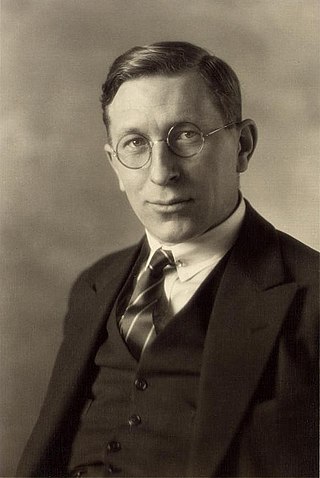
Sir Frederick Grant Banting was a Canadian pharmacologist, orthopedist, and field surgeon. For his co-discovery of insulin and its therapeutic potential, Banting was awarded the Nobel Prize in Physiology or Medicine with John Macleod.

Charles Vincent Massey was a Canadian diplomat and statesman who served as the 18th governor general of Canada from 1952 to 1959. Massey was the first governor general of Canada who was born in Canada.

The University of St. Michael's College is a federated college of the University of Toronto. It was founded in 1852 by the Congregation of St. Basil and retains its Catholic affiliation through its postgraduate theology faculty. However, it is primarily an undergraduate college for liberal arts and sciences.
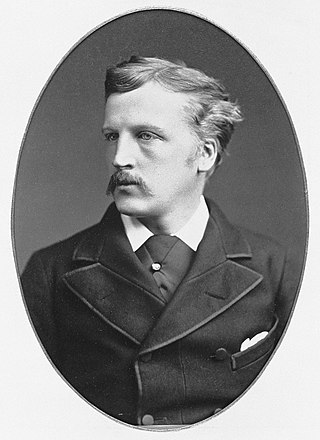
John George Edward Henry Douglas Sutherland Campbell, 9th Duke of Argyll, usually better known by the courtesy title Marquess of Lorne, by which he was known between 1847 and 1900, was a British nobleman who was Governor General of Canada from 1878 to 1883. He was the husband of Princess Louise, fourth daughter of Queen Victoria. He was the first president of "Rangers Football Club", thanks to his Argyll ties to the original founders of the football club.

Lawren Stewart Harris LL. D. was a Canadian painter, best known as one of the founding members of the Group of Seven. He played a key role as a catalyst in Canadian art, as a visionary in Canadian landscape art and in the development of modern art in Canada.

Massey Hall is a performing arts theatre in Toronto, Ontario, Canada. Opened in 1894, it is known for its outstanding acoustics and was the long-time hall of the Toronto Symphony Orchestra. An intimate theatre, it was originally designed to seat 3,500 patrons, but after extensive renovations in the 1940s, it now seats only up to 2,765. It has an extensive history of concerts by artists of many musical genres which continues today.

Franklin Carmichael was a Canadian artist and member of the Group of Seven. Though he was primarily famous for his use of watercolours, he also used oil paints, charcoal and other media to capture the Ontario landscapes. Besides his work as a painter, he worked as a designer and illustrator, creating promotional brochures, advertisements in newspapers and magazines, and designing books. Near the end of his life, Carmichael taught in the Graphic Design and Commercial Art Department at the Ontario College of Art.

Hart House is a student activity centre at the University of Toronto. Established in 1919, it is one of the earliest North American student centres, being the location of student debates and conferences since its construction. Hart House was initiated and financed by Vincent Massey, an alumnus and benefactor of the university, and was named in honour of his grandfather, Hart Massey. The Collegiate Gothic-revival complex was the work of architect Henry Sproatt, who worked alongside decorator Alexander Scott Carter, and engineer Ernest Rolph, and subsequently designed the campanile at its southwestern corner, Soldiers' Tower. In 1957, the house hosted U.S. President John F. Kennedy.
Herman Arthur Voaden, was a Canadian playwright.
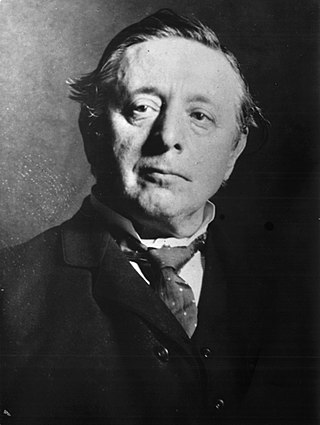
Frederic Marlett Bell-Smith was a Canadian landscape painter known for his works of the Rocky Mountains and the Selkirk Range, Quebec and Maine.
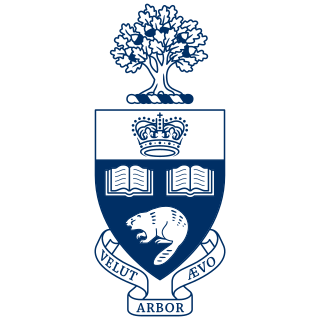
The University of Toronto is a public research university in Toronto, Ontario, Canada, located on the grounds that surround Queen's Park. It was founded by royal charter in 1827 as King's College, the first institution of higher learning in Upper Canada. Originally controlled by the Church of England, the university assumed its present name in 1850 upon becoming a secular institution. As a collegiate university, it comprises 11 colleges each with substantial autonomy on financial and institutional affairs and significant differences in character and history. The university maintains three campuses, the oldest of which is St. George, located in downtown Toronto. The other two satellite campuses are located in Scarborough and Mississauga.
Eric Aldwinckle was an Official Second World War artist, designer and one of the most prominent illustrators of the 20th century. He was also a teacher at the Ontario College of Art, 1936–1942; Principal of New School of Design and Vice-Principal of the Ontario College of Art, 1946. His works include the current Great Seal of Canada, adopted in 1955.
The Canadian Conference of the Arts was an Ottawa-based, not-for-profit, member-driven organization that represented the interests of over 400,000 artists, cultural workers and supporters from all disciplines of the nation's arts, culture and heritage community.

Owen 'Poe' Staples was a Canadian painter, etcher, pastelist, political cartoonist, author, musician and naturalist.

The Toronto Heliconian Club is a non-profit association of women involved in the arts and letters based in Toronto, Ontario. It operates out of Heliconian Hall, a historic building located in the Yorkville area of central Toronto. Founded in 1909, the Club still focuses on its original commitment to women supporting and working in the arts.

Frederick Sproston Challener (1869–1959), also known as F.S. Challener, was a Canadian painter of murals as well as an easel painter of oils and watercolours and a draftsman in black-and-white and pastel. He also did illustrations for books and commercial art. He "easily ranks with the first few mural decorators in Canada", wrote Newton MacTavish, author of The Fine Arts in Canada

Augustus Bridle was a Canadian journalist and author.

Curtis Williamson was a Canadian visual artist known for his portraits and figure painting; also genre and landscape. He was nicknamed "the Canadian Rembrandt" because of his dark, tonal style. Williamson was one of the founders of the Canadian Art Club, showed his work at its inaugural exhibition in 1907, and, like some of the other members, his work had a Hague school or Barbizon sensibility.
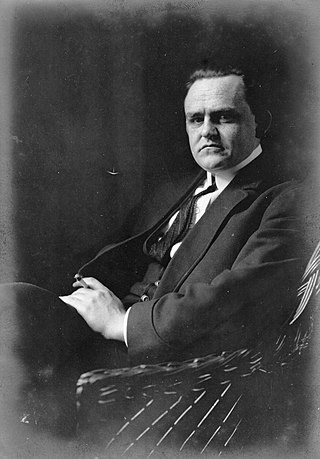
Roy Matthews Mitchell was a Canadian-American theatre practitioner who played an important role in little theatre in Canada and the United States. He was involved in the creation and was the first artistic director of the Hart House Theatre at the University of Toronto, and was an influence on Vincent Massey, Herman Voaden and Mavor Moore. In 1974 Moore wrote "in 1929, Roy Mitchell was a voice crying in the near-wilderness of Canada" and called him "the seer who said it all on our own doorstep nearly half a century ago." A later scholar wrote that Mitchell's "vision ... did not fully come to pass in his lifetime, nor did it subsequently."

Joseph Ernest Sampson ( ), was an artist, designer and printer who was co-founder, senior partner and president of the printing firm of Sampson-Matthews Ltd. with Charles (Chuck) Matthews (1890-1990) from 1918 to 1946. He is best known today for the Sampson-Matthews silkscreens.
























